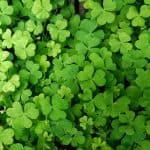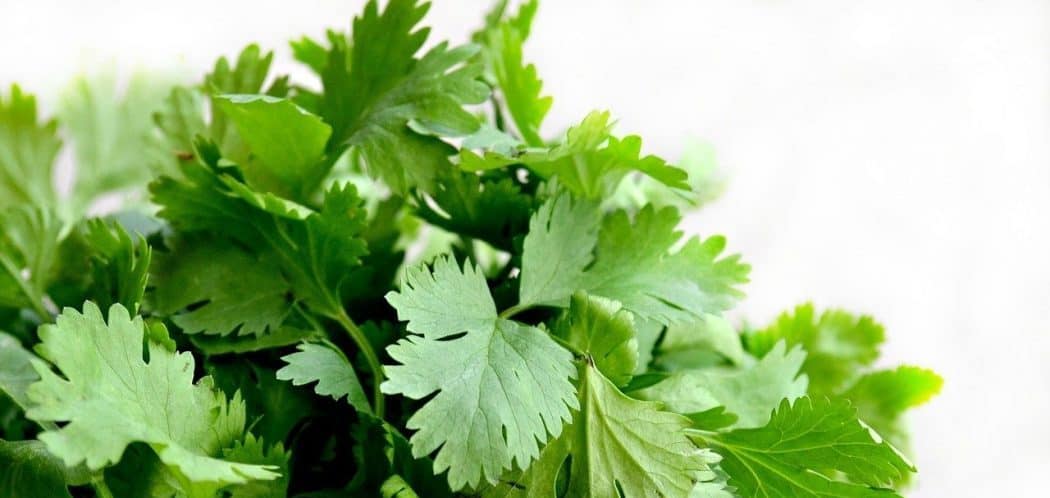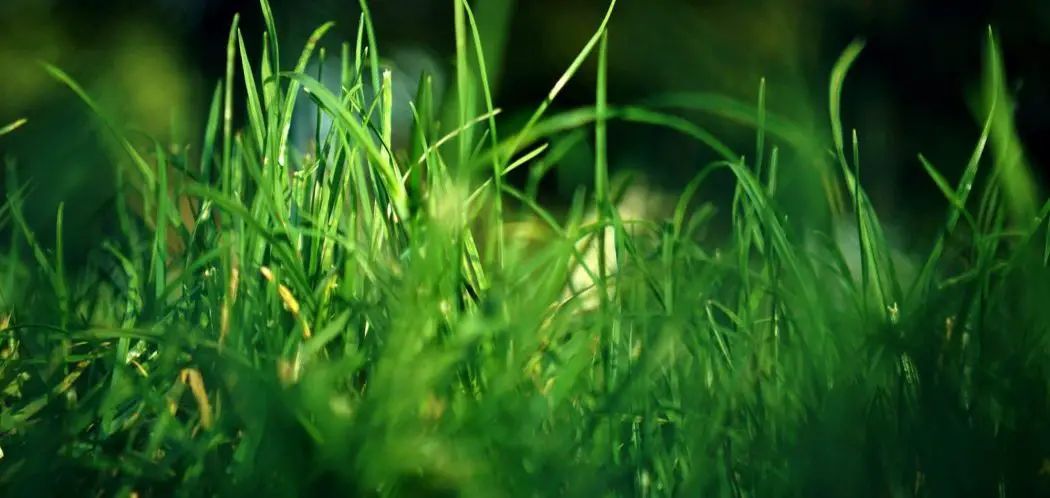There are many different varieties of lettuce, and they contain different leaves ranging from soft and delicate greens to colorful, crisp reds. It is easy to grow, and it grows quickly in just five to eight weeks. It does well in the cool seasons, so people plant it in early spring and harvest it between late spring and early summer.
There are some weeds that look like lettuce, which are included below.
Wild Lettuce

Wild lettuce is a common weed. It can be called prickly lettuce, tall lettuce, or bitter lettuce. It is related to garden lettuce, but it has a sharp flavor. It is also known to have an unpleasant smell. The leaves are wavy, and it has prickly hairs on the undersides. These hairs distinguish it from other lettuce look-alikes. It blooms yellow flowers that turn into stems with seeds that blow around when the wind blows. For this reason, it is sometimes confused with dandelions.
It is an annual self-seeding weed, and some people use it for health benefits. In the past, it was used as a pain reliever, a digestion aid, and more. However, it can be toxic. Eating wild lettuce can cause anxiety, insomnia, dizziness, nausea, vomiting, breathing issues, heart problems, and more. It is native to Europe, and it grows in a variety of conditions, including shady spaces in the woods or dry areas along roadsides. It grows in cold weather.
Dandelion
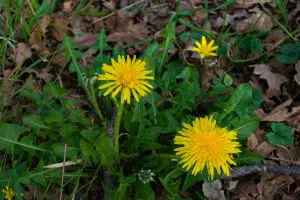
Dandelions are easy to identify by their yellow sunny flowers and spiky greens. You can eat every part of the dandelion, including the roots. It is a weed, but it is also a perennial herb that has been used in cooking and medicine for many years. They grow all over the world, and they can survive in different climates. They normally bloom in the spring and fall, but in warm climates they can grow all year.
Dandelions prefer the shade, but they can grow in direct sunlight as well. You are likely to find them in parks, meadows, pastures, gardens, and other disturbed areas. They have basal leaves that grow from the bottom of the stem on single, hollow stems that do not branch. The leaves are lobed, and they give off a milky type of sap. The seeds are very similar to wild lettuce, as they are puffballs that disperse when the wind blows.
Sow Thistle
Another weed that resembles lettuce is sow thistle, which can be called milk thistle. It is found all over the world, and it can grow in different climates, including tropical and dry. It is found on farms and in backyard gardens. Each plant produces close to 25,000 seeds, and around 90% of the seeds germinate. This makes it quite invasive. It is easy to identify once you know the style of the plant.
It has a flower that is bright yellow and similar to the dandelion. It opens when the sun is out and closes at night. It also has a puffy seed head, and the seeds are dispersed by the wind. There are several flowers on each stalk, and you will see milk when you break the stem. It is sticky, and it has been used as medicine.
Chicory

Chicory plants are related to lettuces, and they are easy to identify among the weeds you might find. It is a perennial wild plant, and it scatters seeds every fall for new plants the following year. They bloom between July and October in most places, and they can grow up to five feet tall. They have flowers that are blue or purple most of the time, and occasionally you will find pink or white.
The flowers on this plant open with the sun and close when the sun becomes intense later in the day. They start out as a rosette with basal leaves that are tooth shaped. They grow a leafless, sturdy stem, and the bottom is hairy. The leaves are usually oval to egg-shaped. They are similar to dandelions because they have a long taproot, and the rosette with basal leaves resembles lettuce.
Thistle
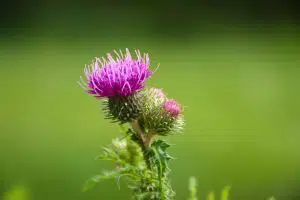
Thistles are a common weed, and they can take over a property. They can be annual, biennial, or perennial, and they have spines along the leaves. Their flowers are usually pink or purple, and they are on thin stalks. The stems are usually fuzzy without branches, and the brachts around flowers are long and tapered. The leaves point up, and the top leaves extend higher than the flowers.
The leaves can be wooly on the undersides, and they can grow up to four feet tall. There are a number of types of thistle, and each varies slightly, but most thistle looks very similar to lettuce. They are members of the sunflower family, not the lettuce family. However, when they are young, they look like lettuce.
Cat’s Ear
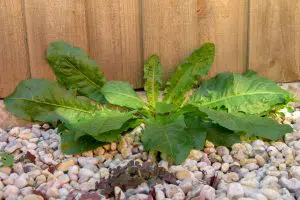
Cat’s ear is a perennial weed, and it is in the aster family. It is found on every continent except Antarctica. It has a long taproot and a basal rosette of leaves. The seeds are similar to dandelions with a round puff that is scattered by the wind. It is found in lawns, fields, on roadsides, and in any area that is disturbed.
This weed can handle a lot of different growing conditions, and it grows in most solid types. It doesn’t do as well in wetland areas. It matures in just two months, and it is considered invasive. It gets its name from the dense hair that covers the leaves. Each plant produces around 2300 seeds, and each rosette produces as many as 6000. Mowing actually stimulates growth, so it has to be pulled out from the root. It is known as a broadleaf weed.
Final Words
There are a number of different weeds that start as a rosette and grow similar to lettuce. Once you understand the differences, it is much easier to identify them. Although some can be toxic if ingested in large amounts, none are poisonous.



